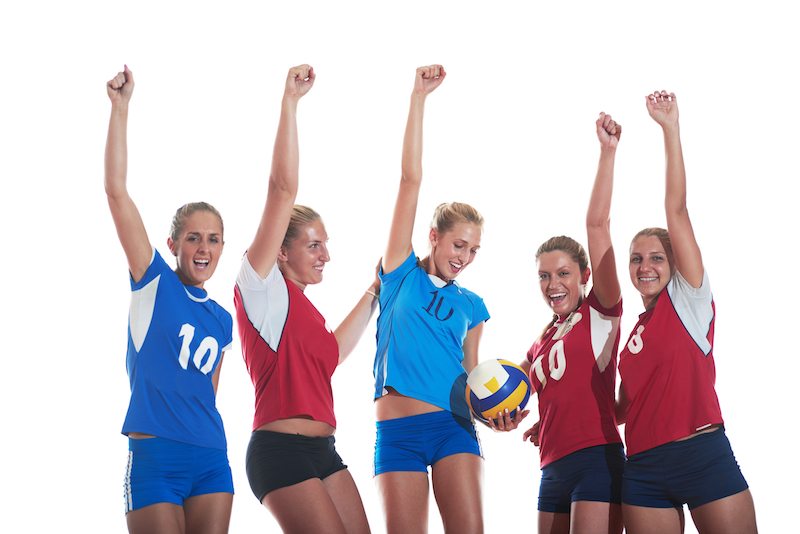Decoding vs. Encoding
Episode #2 of the course The secrets of body language by Vanessa Van Edwards
Hey there!
Welcome to Day #2 of the Secrets of Body Language course. I want to take a moment to talk a little about learning. Learning happens in three stages:
• Awareness
• Discomfort
• Adoption
Awareness is the stage when you become “aware” of new information. In this stage, the brain is understanding a new concept. As you go through this email course over the next week, you will become aware of lots of new, fun, and interesting information.
Discomfort is the hardest stage. This is when you’ve become aware of new information and you act on the information. Power posing for the first time or reminding yourself not to fidget at your desk may feel a little uncomfortable at first. But it’s totally worth it for…
Adoption. Adoption is the final stage in the learning process. This is when you have learned new information, acted on this information, and incorporated it into your daily routine so it feels like something you’ve always done.
Your brain is a muscle, and just like flexing your biceps at the gym, you can flex your brain. You may adopt some skills quickly, while others may take longer. Every person is different, so take your time, keep calm, and practice on.
In terms of body language learning, there are two main components of understanding nonverbal language: decoding and encoding.
Decoding: When you decode cues, you are observing and spotting the nonverbal behavior in others.
Encoding: When you encode, you internalize and optimize the body language signals that you are sending out.
Let’s start with decoding cues. What do you spot in these pictures?
You may have noticed a happy team or an angry expression. Maybe you noted that someone looked sad or had a big, expressive body. I want you to start getting in the habit of noticing the cues people around you are sending. And the good news is that I’ll be teaching you exactly what to look for throughout this course.
Ask yourself: On a scale of 1 to 5, how good are you at reading OTHER people’s body language (1 being poor, 5 being outstanding)?
Encoding is about looking inward at the signals you are sending. How does your body react at a networking event or party? What facial expressions do you make in conversation? Do you look confident, or do you look nervous? In this course, you will learn how to become aware of your own nonverbal cues and perfect the messages you send out.
Ask yourself: On a scale of 1 to 5, how good do you think YOUR body language is (1 being poor, 5 being outstanding)?
Challenge: In the next 24 hours, note the cues you are sending out.
Best,
Vanessa
P.S. At the Science of People, we love decoding the body language of fictional characters. Check out our analysis of Francis Underwood from House of Cards!
Recommended book
“Body Language: How to read others’ thoughts by their gestures” by Allan Pease
Share with friends






